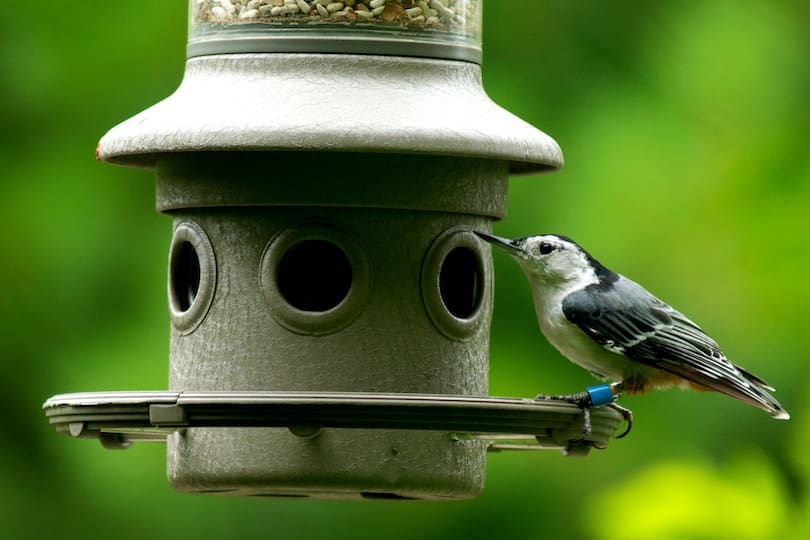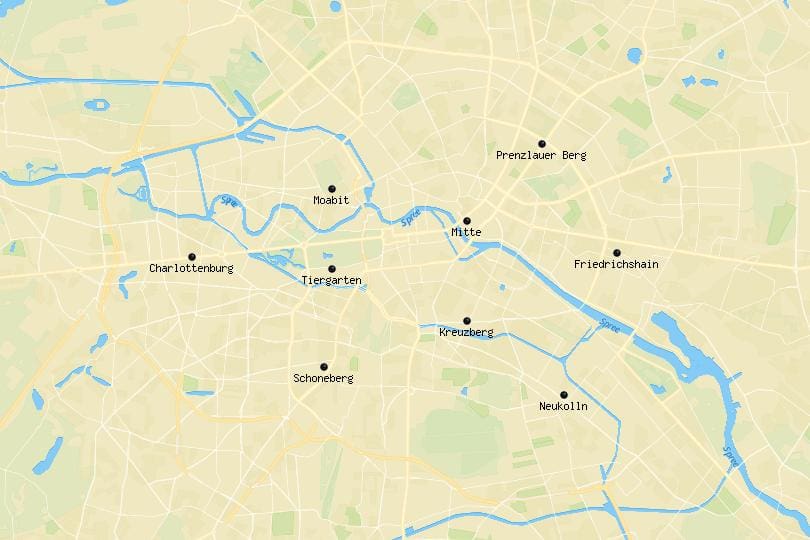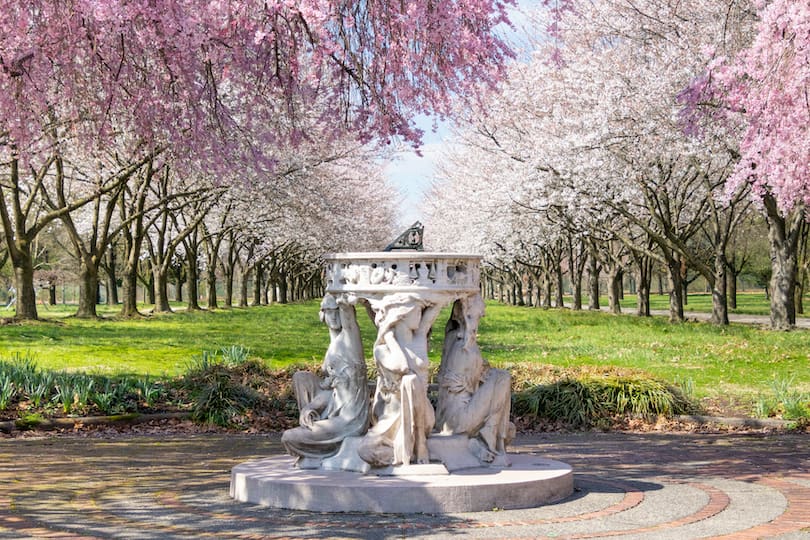Are you looking for a serene escape from the hustle-bustle of city life? Then, the Shingba Rhododendron Sanctuary in Gangtok, Sikkim is just the place for you. Home to over 40 species of rhododendrons, this sanctuary is a botanical paradise for nature lovers and enthusiasts. In this article, we will take you on a virtual tour of the Shingba Rhododendron Sanctuary, exploring its history, flora and fauna, and other interesting facts.
Introduction
- Overview of Shingba Rhododendron Sanctuary
- Location and how to get there
- Brief history of the sanctuary
The Flora and Fauna of Shingba Rhododendron Sanctuary
- The 40+ species of rhododendrons found in the sanctuary
- Other plant species found in the sanctuary
- The rich birdlife of Shingba Rhododendron Sanctuary
- Other animal species found in the sanctuary
The Best Time to Visit Shingba Rhododendron Sanctuary
- The best months to visit the sanctuary
- Weather conditions during different seasons
- What to expect during your visit to the sanctuary
Things to Do in Shingba Rhododendron Sanctuary
- Trekking and hiking opportunities
- Birdwatching and wildlife spotting
- Photography and nature walks
- Other activities to indulge in while at the sanctuary
Accommodation and Dining Options Near Shingba Rhododendron Sanctuary
- Types of accommodation available near the sanctuary
- Dining options and cuisines to try
Tips for Visiting Shingba Rhododendron Sanctuary
- Things to keep in mind before your visit
- What to wear and carry during your visit
- Safety precautions to take while at the sanctuary
Conclusion
- Recap of the Shingba Rhododendron Sanctuary
- Final thoughts on the sanctuary
Are you ready to explore the Shingba Rhododendron Sanctuary in Gangtok, Sikkim? Here’s what you need to know before you plan your visit.
Introduction
Overview of Shingba Rhododendron Sanctuary
The Shingba Rhododendron Sanctuary is a natural haven for rhododendron enthusiasts and nature lovers. Located in the Yumthang Valley of North Sikkim, the sanctuary covers an area of about 43 sq. km. The sanctuary is home to over 40 species of rhododendrons, including the famous Rhododendron niveum, the state flower of Sikkim. The sanctuary was established in 1984 and has since then been a popular tourist attraction in the region.
Location and How to Get There
The Shingba Rhododendron Sanctuary is located in the Yumthang Valley of North Sikkim, about 148 km away from Gangtok, the capital of Sikkim. To reach the sanctuary, you can take a taxi or bus from Gangtok to Lachung, a small town near the sanctuary. From Lachung, you can take another taxi to reach the sanctuary.
Brief History of the Sanctuary
The Shingba Rhododendron Sanctuary was established in 1984 to preserve the unique flora and fauna of the region. The sanctuary was initially created to protect the Rhododendron niveum, which was on the verge of extinction due to rampant commercial harvesting. Today, the sanctuary is not only a popular tourist attraction but also an important research center for the study of rhododendrons and other plant The Shingba Rhododendron Sanctuary has also been a significant contributor to the conservation of the musk deer, which was once widespread in the region. The sanctuary has been successful in reintroducing the deer in the wild, and today, the deer can be spotted grazing in the sanctuary.
The Flora and Fauna of Shingba Rhododendron Sanctuary
The 40+ Species of Rhododendrons Found in the Sanctuary
The Shingba Rhododendron Sanctuary is home to over 40 species of rhododendrons, making it one of the largest collections of rhododendrons in the world. The most famous of these is the Rhododendron niveum, which is also the state flower of Sikkim. Other species of rhododendrons found in the sanctuary include Rhododendron arboreum, Rhododendron campanulatum, Rhododendron cinnabarinum, and Rhododendron setosum.
Other Plant Species Found in the Sanctuary
Apart from rhododendrons, the sanctuary is also home to other plant species such as Primula, Saxifraga, Meconopsis, and Pedicularis. The sanctuary is also home to several species of medicinal plants, including Taxus baccata, which is used to produce the cancer drug Taxol.
The Rich Birdlife of Shingba Rhododendron Sanctuary
The sanctuary is home to several bird species, making it a birdwatcher’s paradise. Some of the bird species found in the sanctuary include the Himalayan monal, the blood pheasant, the satyr tragopan, and the white-throated redstart.
Other Animal Species Found in the Sanctuary
Apart from birds, the sanctuary is also home to several animal species such as the musk deer, the red panda, the Himalayan black bear, and the Himalayan blue sheep.
The Best Time to Visit Shingba Rhododendron Sanctuary
The Best Months to Visit the Sanctuary
The best time to visit the Shingba Rhododendron Sanctuary is from March to May when the rhododendrons are in full bloom. The sanctuary is also open from October to December, but during these months, the weather can be unpredictable, and there is a higher chance of landslides.
Weather Conditions During Different Seasons
The sanctuary experiences different weather conditions during different seasons. During the spring season (March to May), the weather is pleasant, and the temperature ranges from 10°C to 20°C. During the winter season (December to February), the temperature can drop to as low as -5°C, and there is often heavy snowfall.
What to Expect During Your Visit to the Sanctuary
During your visit to the Shingba Rhododendron Sanctuary, you can expect to see the beautiful rhododendrons in full bloom, along with several bird and animal species. You can also indulge in trekking, hiking, and birdwatching while at the sanctuary.
Things to Do in Shingba Rhododendron Sanctuary
Trekking and Hiking Opportunities
The Shingba Rhododendron Sanctuary offers several trekking and hiking opportunities for adventure enthusiasts. The most popular trek in the sanctuary is the Yumthang Valley trek, which takes you through some of the most beautiful landscapes in the region.
Birdwatching and Wildlife Spotting
As mentioned earlier, the sanctuary is home to several bird and animal species, making it an ideal spot for birdwatching and wildlife spotting. You can hire a
As mentioned earlier, the sanctuary is home to several bird and animal species, making it an ideal spot for birdwatching and wildlife spotting. You can hire a local guide to take you on a trek through the sanctuary and help you spot some of the rarest bird species such as the Blood Pheasant, Satyr Tragopan, and Himalayan Monal. Other bird species that can be spotted here include the Fire-tailed Myzornis, Yellow-billed Blue Magpie, and the Spotted Laughingthrush.
Apart from birdwatching, the sanctuary is also home to several animal species, including the Himalayan Black Bear, Red Panda, and Barking Deer. You can spot these animals on a trek through the sanctuary or while camping overnight.
It is important to note that while wildlife spotting can be an exciting experience, it is important to maintain a safe distance from the animals and not disturb their natural habitat. It is also recommended to hire a local guide who is well-versed with the sanctuary’s terrain and can ensure your safety during the trek.
In addition to birdwatching and wildlife spotting, the sanctuary also offers several other activities for visitors to enjoy.
Other Activities in the Sanctuary
The Shingba Rhododendron Sanctuary offers several activities for visitors to enjoy. One of the most popular activities is trekking. The sanctuary has several well-defined trekking trails that offer stunning views of the surrounding mountains and valleys. The trails are suitable for both novice and experienced trekkers.
Another popular activity in the sanctuary is camping. There are several camping sites within the sanctuary, and visitors can pitch their tents and spend the night under the stars. Camping in the sanctuary is a unique experience, as you can hear the sounds of the forest at night and wake up to the chirping of birds in the morning.
For those interested in botany, the sanctuary offers a unique opportunity to study and observe the different species of rhododendrons. The sanctuary has over 40 species of rhododendrons, and several of them bloom during the spring season, creating a beautiful landscape of colors.
Finally, the sanctuary is also an excellent place for photography enthusiasts. The beautiful landscape and the unique flora and fauna of the sanctuary provide ample opportunities for photography.
Conclusion
The Shingba Rhododendron Sanctuary in Gangtok is a beautiful and unique destination that offers something for everyone. Whether you are a nature lover, a birdwatcher, a wildlife enthusiast, a trekker, or a photographer, the sanctuary has something to offer. It is a place where you can connect with nature and experience the beauty of the Himalayas in its purest form. So, if you are planning a trip to Gangtok, do not miss the opportunity to visit the Shingba Rhododendron Sanctuary.
FAQs
- What is the best time to visit the Shingba Rhododendron Sanctuary?
The best time to visit the sanctuary is during the spring season, which is from April to June. This is when most of the rhododendrons bloom, creating a beautiful landscape of colors.
- Is it safe to trek in the sanctuary?
Yes, it is safe to trek in the sanctuary, provided you follow the rules and regulations and hire a local guide.
- Can I camp overnight in the sanctuary?
Yes, there are several camping sites within the sanctuary, and visitors can pitch their tents and spend the night under the stars.
- How do I reach the sanctuary?
The sanctuary is located approximately 24 km from Gangtok, and you can hire a taxi or take a bus to reach there.
- Are there any entry fees for the sanctuary?
Yes, there is a nominal entry fee for visitors to the sanctuary, which is used for the upkeep and maintenance of the sanctuary.















Your style is so unique compared to many other people. Thank you for publishing when you have the opportunity,Guess I will just make this bookmarked.2
Long haul movers was sure whatever was actually plainly identified– super beneficial later.
Stream live Football events online. Stay updated with upcoming matches, highlights,
and schedules. Join the excitement with E2BET today!
I always spent my half an hour to read this weblog’s
articles or reviews daily along with a mug of coffee.